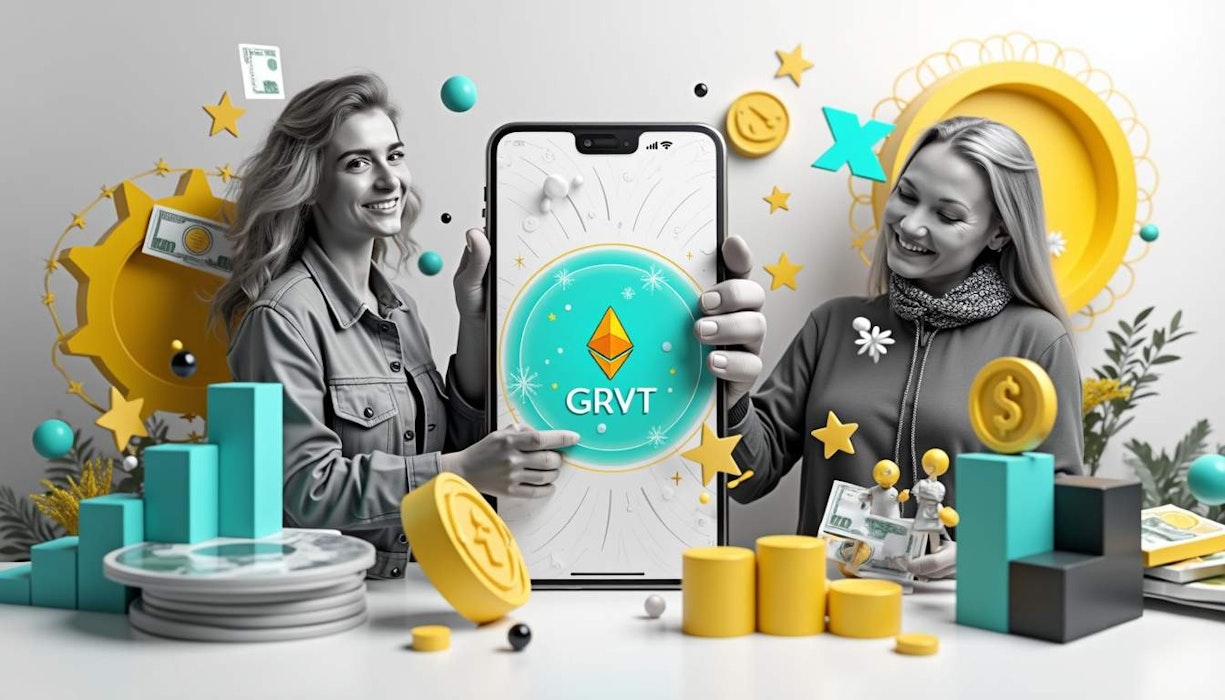How does GRVT set itself apart from other exchanges?
GRVT has made its mark as the world's first regulated decentralized exchange (DEX) by securing a Class Modified (M) Digital Asset Business License from the Bermuda Monetary Authority (BMA). This regulatory nod allows GRVT to operate as a hybrid exchange, which is a blend of decentralized finance (DeFi) and centralized finance (CeFi). It's an ambitious leap that attempts to bring together two distinct financial worlds and offer users a safer and compliant way to trade.
What measures does GRVT take to ensure compliance?
To strike a balance between decentralized ethos and compliance, GRVT has taken the route of incorporating Know Your Customer (KYC) and Anti-Money Laundering (AML) protocols into its operations. While many DEXs continue to enjoy the freedom of operating in a legal grey area, GRVT’s path is distinctly different. The regulatory framework it has adopted allows for operation within known boundaries. GRVT has even announced plans to step up to a Full Class Licence under the Bermuda Digital Asset Business Act (DABA) by mid-2025, moving beyond a sandbox setup.
What technological framework underpins GRVT?
GRVT's foundation relies heavily on ZKsync, whose zero-knowledge proofs (ZK-proofs) provide scalability and privacy. Specifically, GRVT has been developed as a validium ZK Chain, a type of L2 blockchain that is capable of scaling Ethereum while maintaining confidentiality of data. This means that GRVT can handle transactions off-chain but still verify them on the Ethereum blockchain.
How does GRVT’s regulation status compare to non-regulated DEXs?
Unlike many non-regulated DEXs that operate without specific approval, GRVT's secured Class Modified (M) Digital Asset Business License makes it a trailblazer. This kind of regulatory approval is a rarity in the space, yet GRVT has managed to blend compliance and decentralization. Such a feat sets a remarkable example for future exchanges.
What are the implications of using ZKsync technology in regulated settings?
Using ZKsync technology in regulated environments opens the door for maintaining privacy. Zero-knowledge proofs enable transaction validation without revealing any underlying data, preserving the integrity of data while keeping it hidden. This can be particularly useful in regulated environments where confidentiality is crucial. That said, the current centralized nature of ZKsync's sequencer and prover does bring about concerns, although there are ongoing efforts to administer decentralization.
Can GRVT maintain its decentralization while being compliant?
The challenge of staying decentralized while complying with regulations is indeed a tough one, but GRVT seems to be up for it. The exchange is working with specialized KYC providers, engaging with regulators, and employing risk-based compliance—the mix is intriguing. The reality that they have been granted regulatory approval in Bermuda makes it a tangible example of a possible way to strike the balance.
What are the challenges in scaling ZKsync for exchanges?
ZKsync presents a double-edged sword with its scalability and privacy. While on the surface it offers excellent scalability through the use of ZK-proofs, the strong privacy it aims to provide may come at a cost. The goal is to achieve transaction speeds exceeding 10,000 per second by 2025, which is ambitious. However, the privacy options available—like private Validium which processes off-chain and uses ZK-proofs to verify without revealing data—raise transparency questions. For an exchange that deals with regulatory oversight, finding that sweet spot is crucial, especially when privacy and compliance must coalesce.
What has been GRVT's performance since launch?
Following its launch, GRVT has boasted impressive trading volume, claiming over $15 million within the first hour of its Alpha phase. With a user base nearing 30,000 KYC-verified accounts, it certainly seems to have captured the attention of the market. Features like gas-free cross-chain transactions have made it attractive to both users and institutions.
What does the future hold for GRVT?
If the past performance is any indicator, GRVT seems poised for great things ahead. There are plans to broaden the trading pairs and product features in the near future, which is just what you want in a platform like this. GRVT’s innovation, combined with its compliance-oriented approach, puts it in a unique position to lead in the DeFi landscape and reshape our understanding of finance. It is still early days, but GRVT is set on a path to allow more people to create and fully own wealth without barriers.
